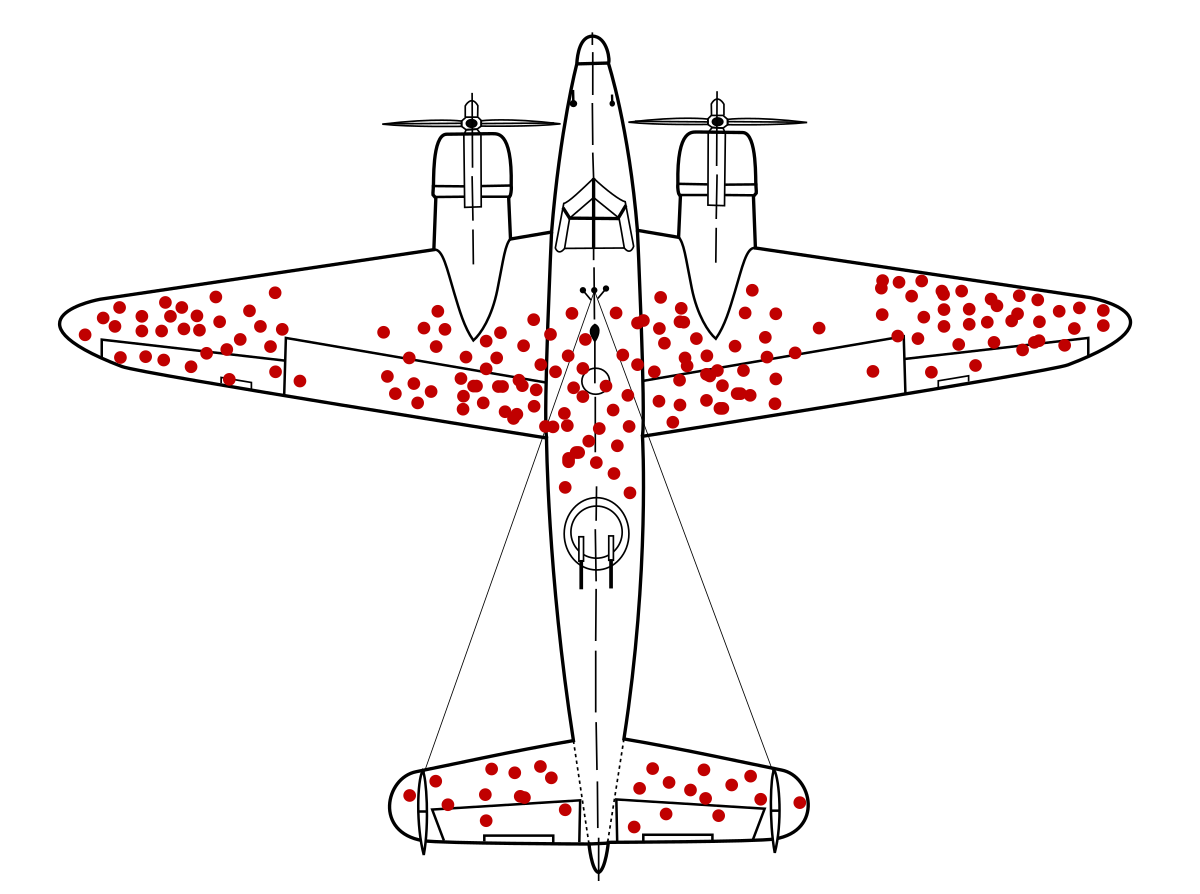That was just one example. If you look at the "same exact" top 10, top 20, etc players over the years, they almost all went up. I have posts bookmarked from 2015 showing the lists. Its night and day lower.I don’t think you can diagnose inflation/creep by looking at only one player, unless you know the results of all his games and the ratings of his opponents. He could have had a win rate that accounted for his 10 pt gain in 45 racks played.
I personally think what has happened is as more data came in, it became clearer that the separation between the top pros and the rest of the pros was greater, and the separation between the rest of the pros and the bangers was greater, etc.
Here is one post from Mike in 2015:
US Open - Fargo Ratings of field
These are the Fargo Ratings of the 96 (of 128) participants for the US Open who have established ratings (at least 200 games in the system). These ratings are current as of 10-7-15 1 Shane Van Boening USA 824.5 2 Dennis Orcollo Philippines 811.5 3 Pin Yi Ko Taiwan, ROC 805.4 4 Niels Feijen...
forums.azbilliards.com
Here is another post from Mike in 2015:
Live Scoring and Brackets for US Open<<<<<<<<<<<<
This will be the link for live scoring and bracket info. It will be up and running when the time comes. SAVE it for your convenience. http://www.azbilliards.com/tours_and_events/158-us-open-9-ball-championship/brackets/
forums.azbilliards.com
Who wants to graph out the changes "per player" from these numbers to today?
I also had made a long term bet about Siming's rating in 2019, and for the purposes of the bet tracked the top 10 male pros every 6 months or so. The avg of all 10 top males strongly trended upwards.
